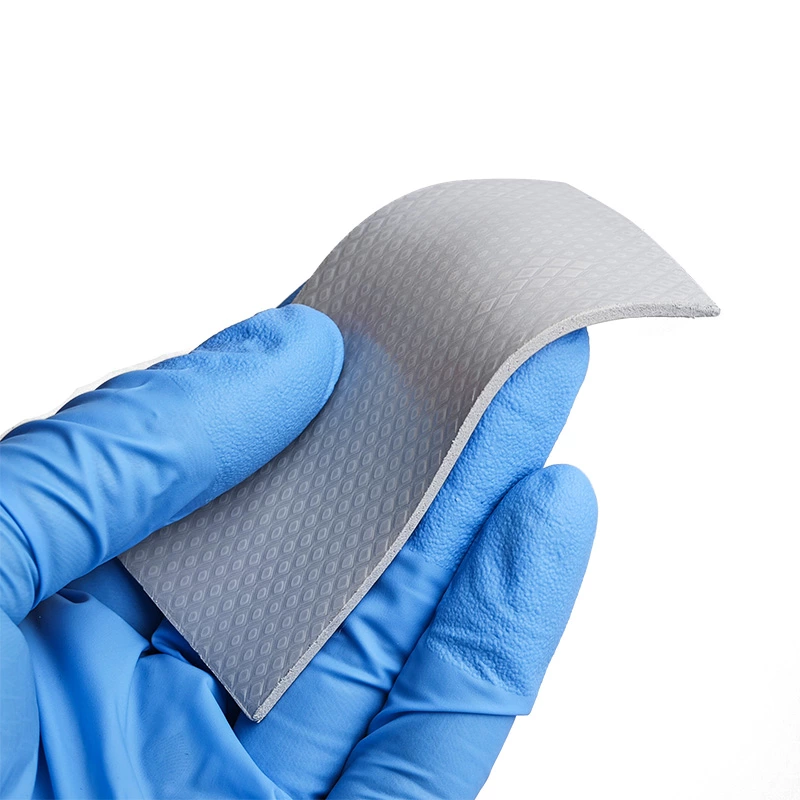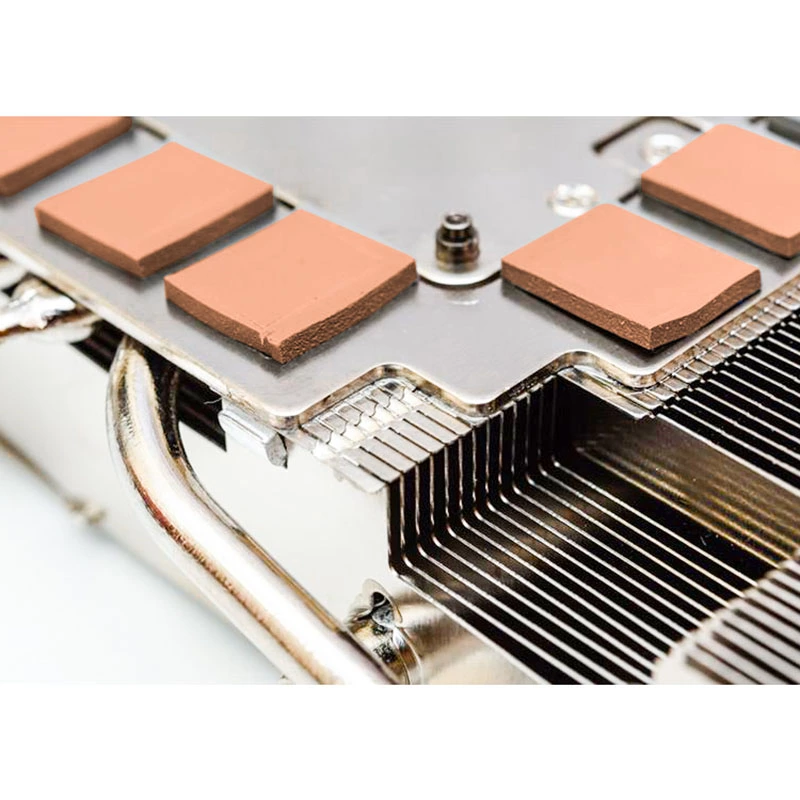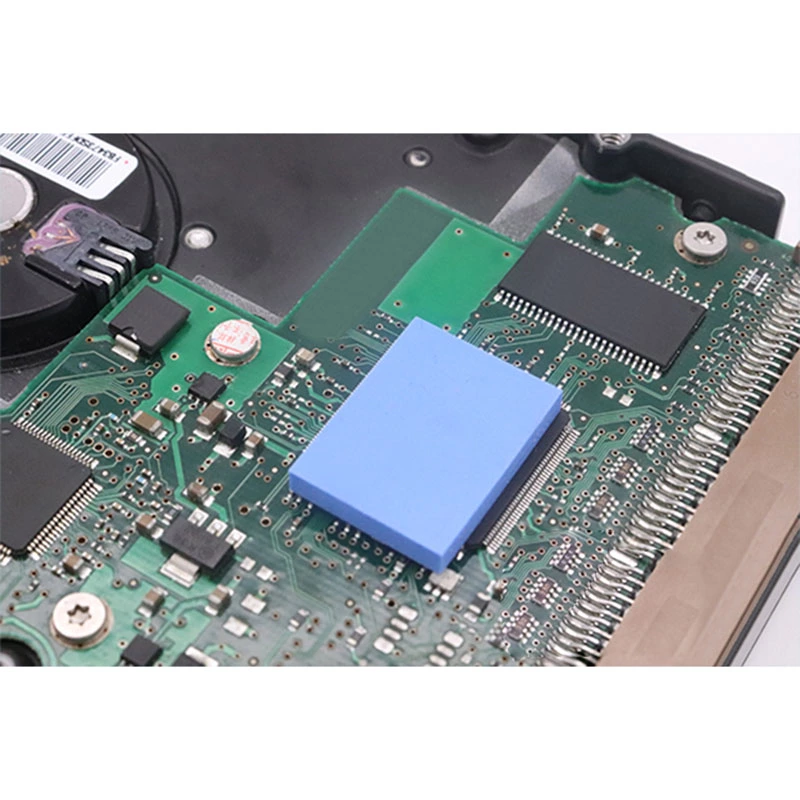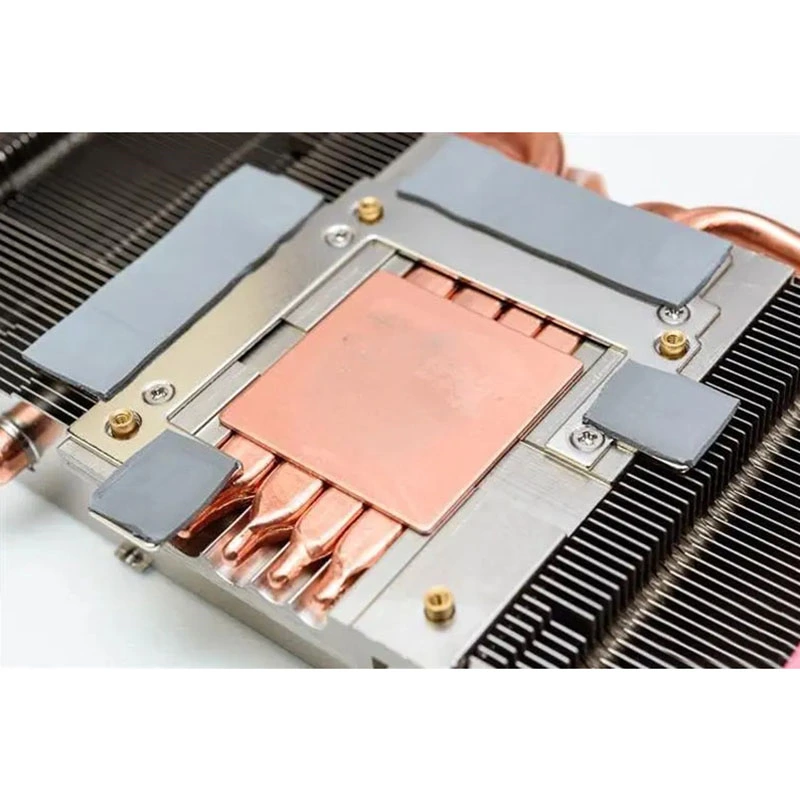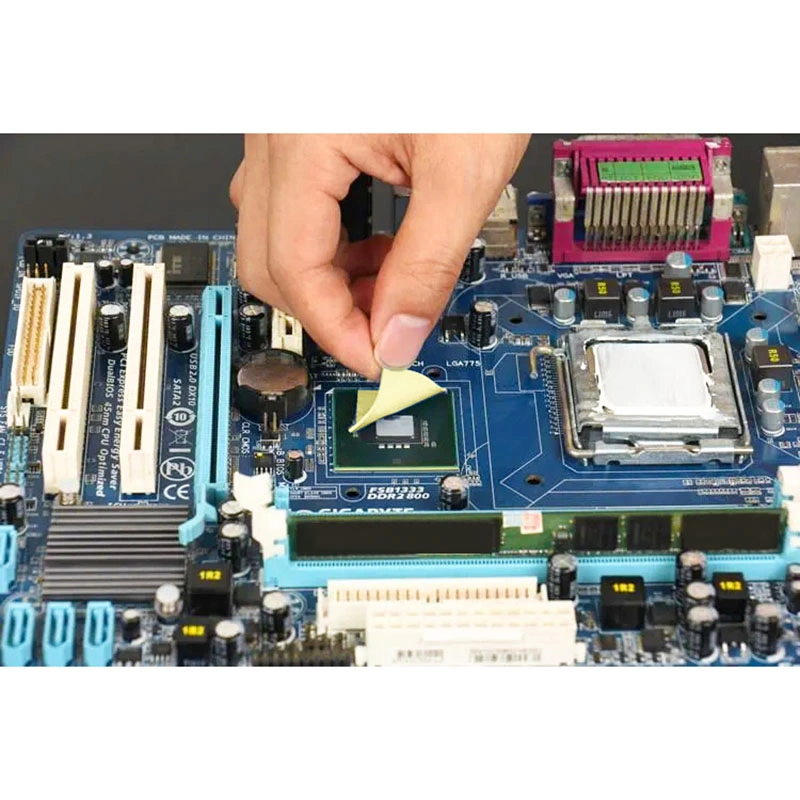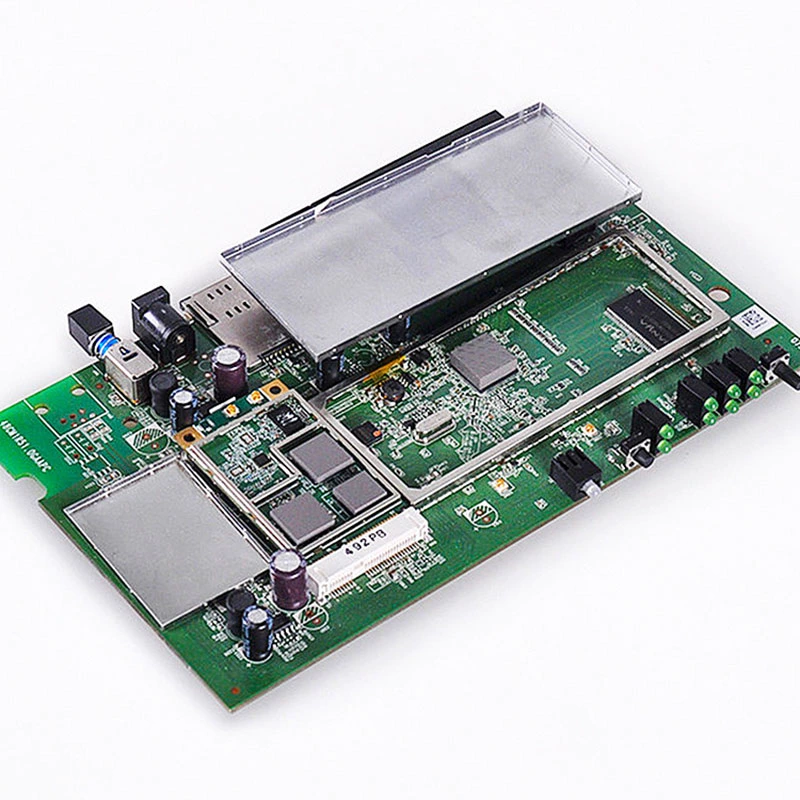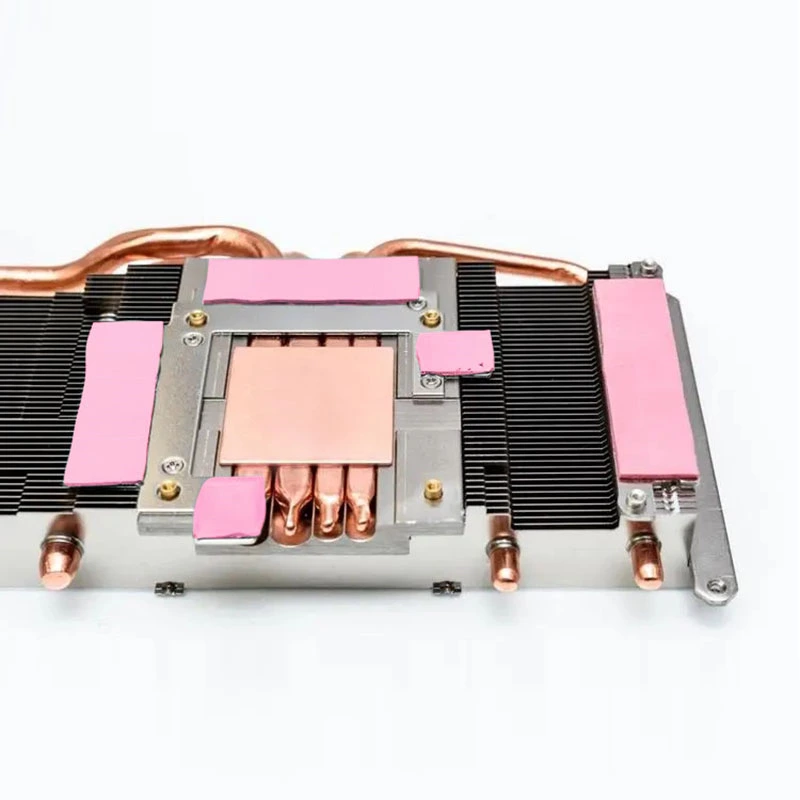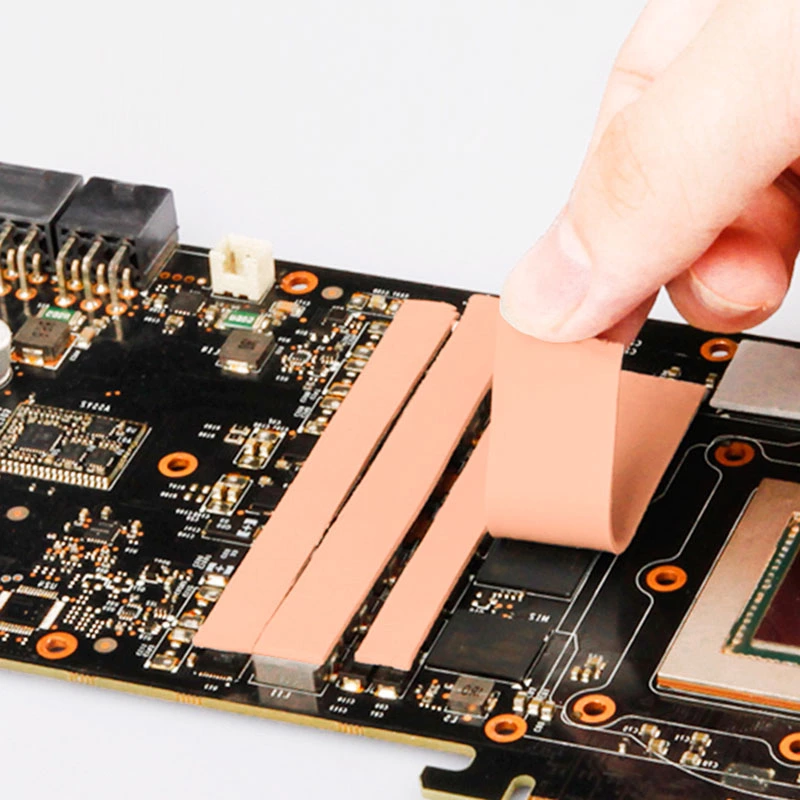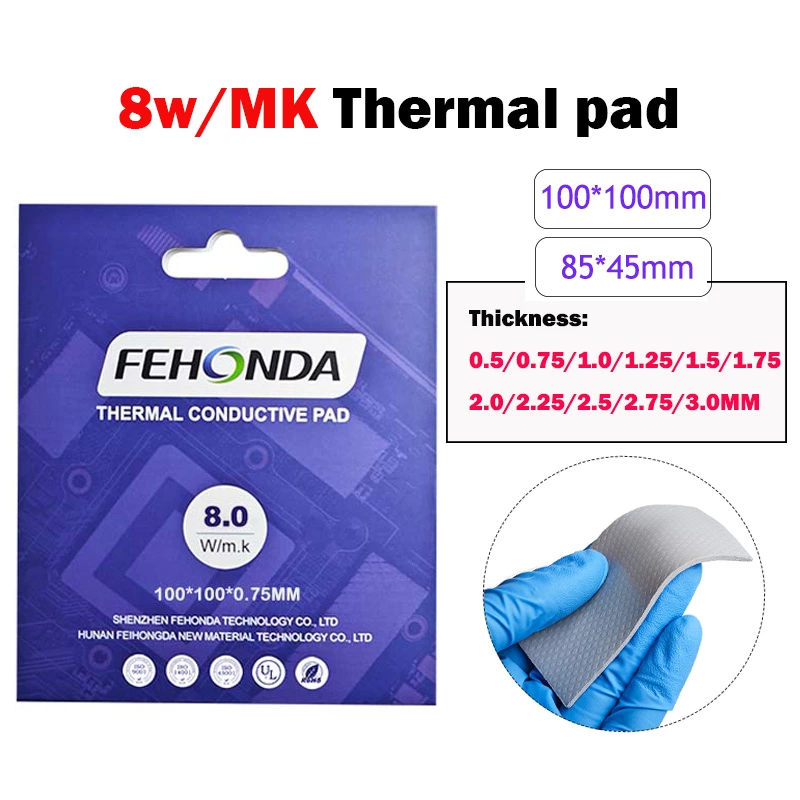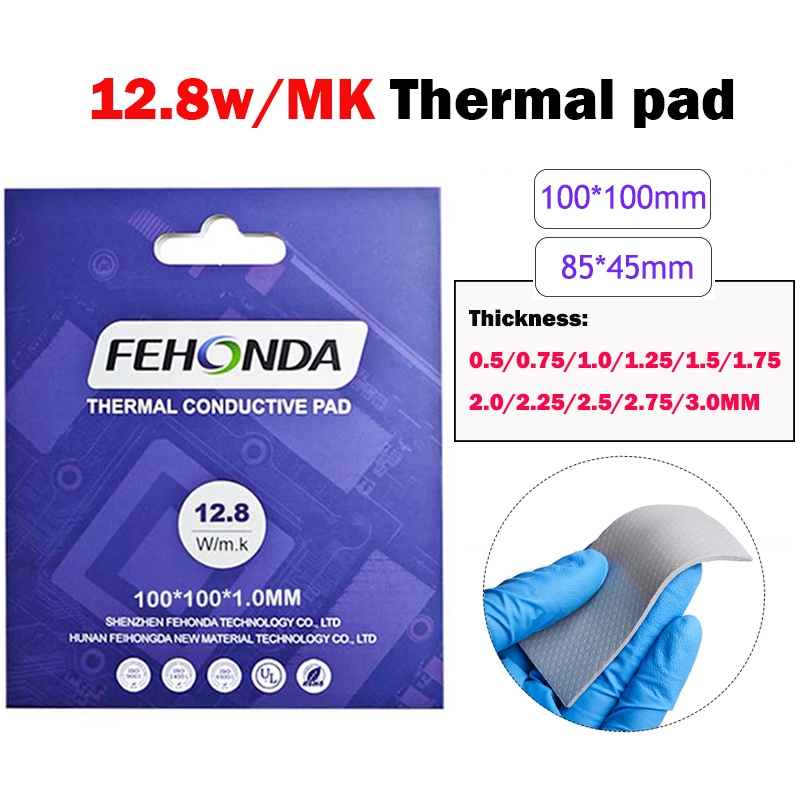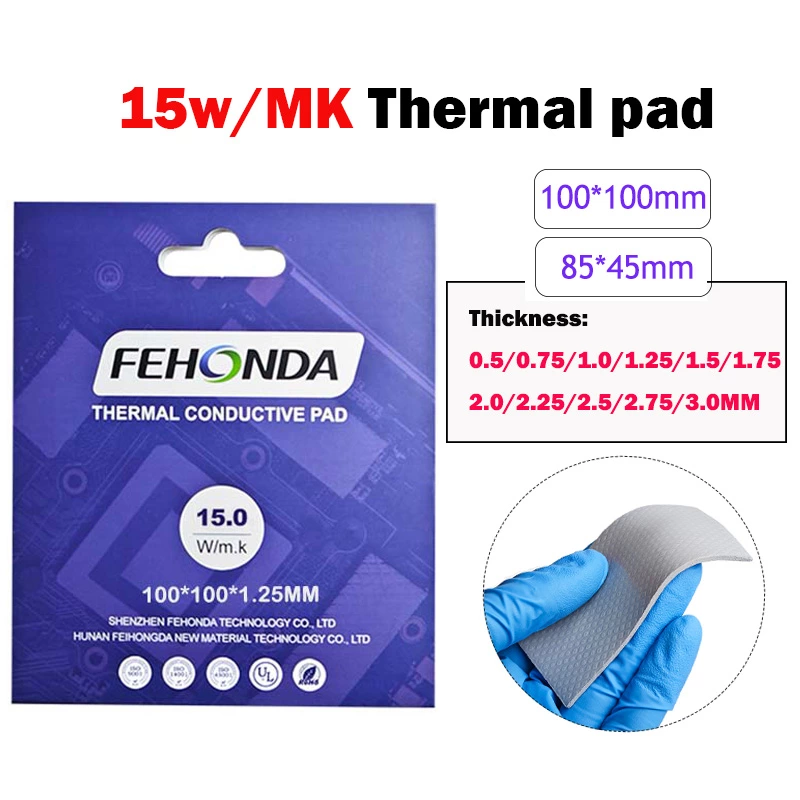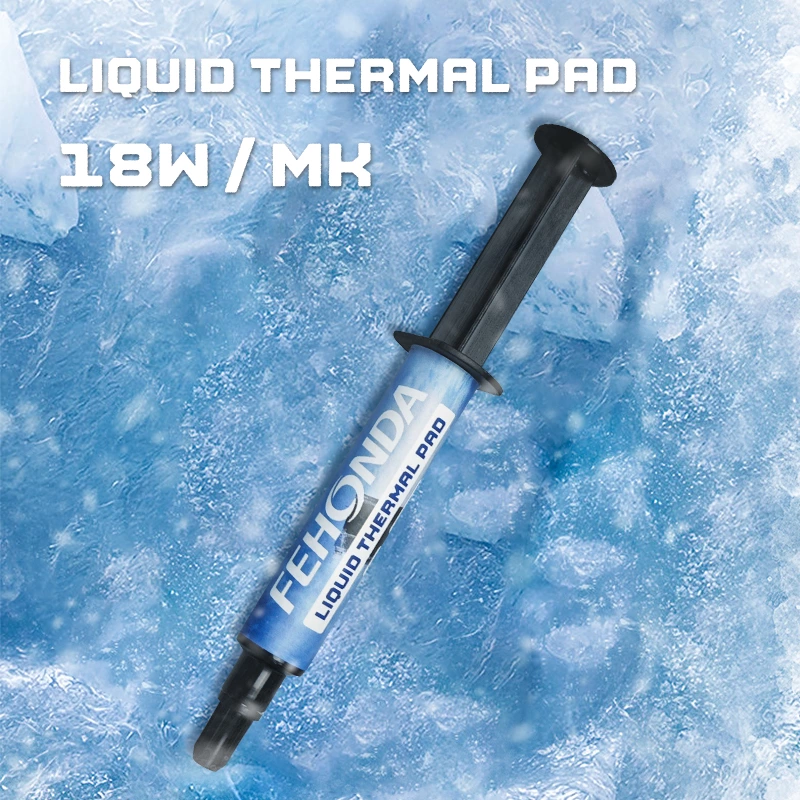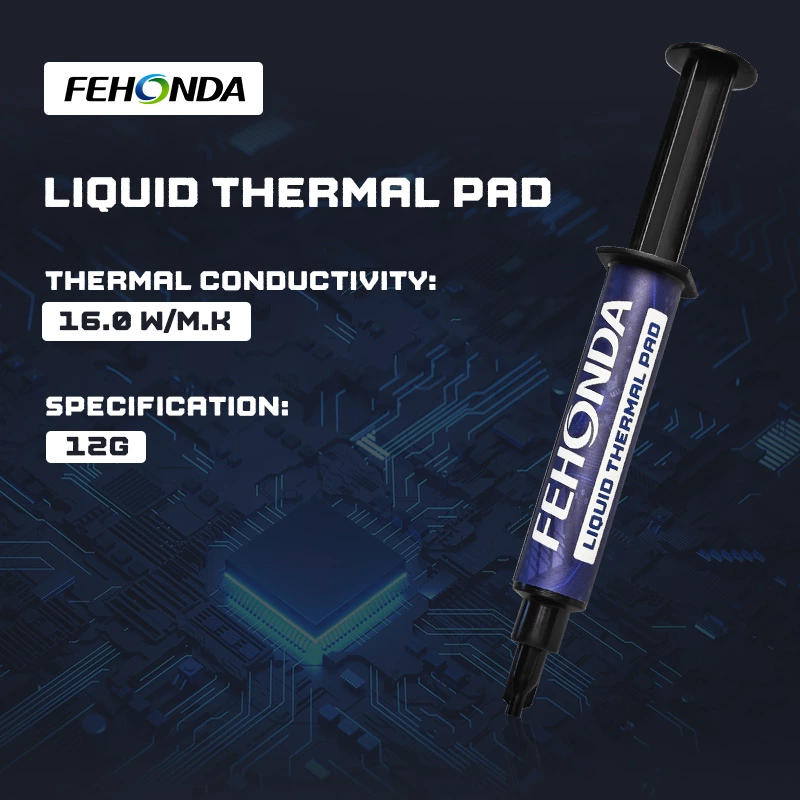Thermal Pads: Key to Efficient Heat Dissipation
Thermal pads play a crucial role in modern electronic and industrial devices. As device sizes shrink and power increases, the heat density also rises. Therefore, thermal pads, as a critical component of thermal management systems, can effectively enhance heat dissipation efficiency and ensure stable device operation over extended periods.
Principles and Functions of Thermal Pads
Thermal pads utilize their excellent thermal conductivity to rapidly transfer heat generated by devices to heat sinks, achieving the goal of heat dissipation. The underlying principle is to leverage the high thermal conductivity of the pad material to conduct heat from the heat source to the heat sink, which then dissipates the heat into the surrounding environment, thereby reducing device temperature and ensuring proper functioning.
Materials Selection and Performance Evaluation of Thermal Pads
Selecting suitable materials for thermal pads is vital for achieving optimal heat dissipation. Common thermal pad materials include silicone gel, polyimide, and silicone grease, each with specific thermal and high-temperature resistance properties. In practical applications, the choice of thermal pad material depends on the device's operating environment and heat dissipation requirements. Performance evaluation is necessary to ensure that the selected thermal pad can meet the heat dissipation needs of the device.
Advantages and Applications of Thermal Pads
Thermal pads offer advantages such as high thermal conductivity, good compressibility, high-temperature resistance, and electrical insulation, making them widely used in electronic devices, automotive industry, aerospace, and other fields. In electronic devices, thermal pads effectively reduce device temperatures, ensuring stable operation. In the automotive industry, they improve engine and battery heat dissipation efficiency. In aerospace applications, thermal pads ensure device stability in extreme environments.
Trends in Thermal Pad Development
Future trends in thermal pad development include improving thermal conductivity, reducing thickness, adding multifunctionality, and focusing on ecological sustainability. Research efforts are focused on developing materials with higher thermal conductivity, thinner and more compact thermal pads, integrating other functional materials to meet diverse needs, and promoting the development of green and environmentally friendly technologies.
Conclusion
Thermal pads are crucial components of thermal management systems, playing a vital role in enhancing heat dissipation efficiency and extending device lifespan. Proper material selection, appropriate usage, and attention to future development trends will further enhance the effectiveness of thermal pads in various applications. We hope this article provides comprehensive insights into thermal pads and promotes their optimal utilization in practical settings
